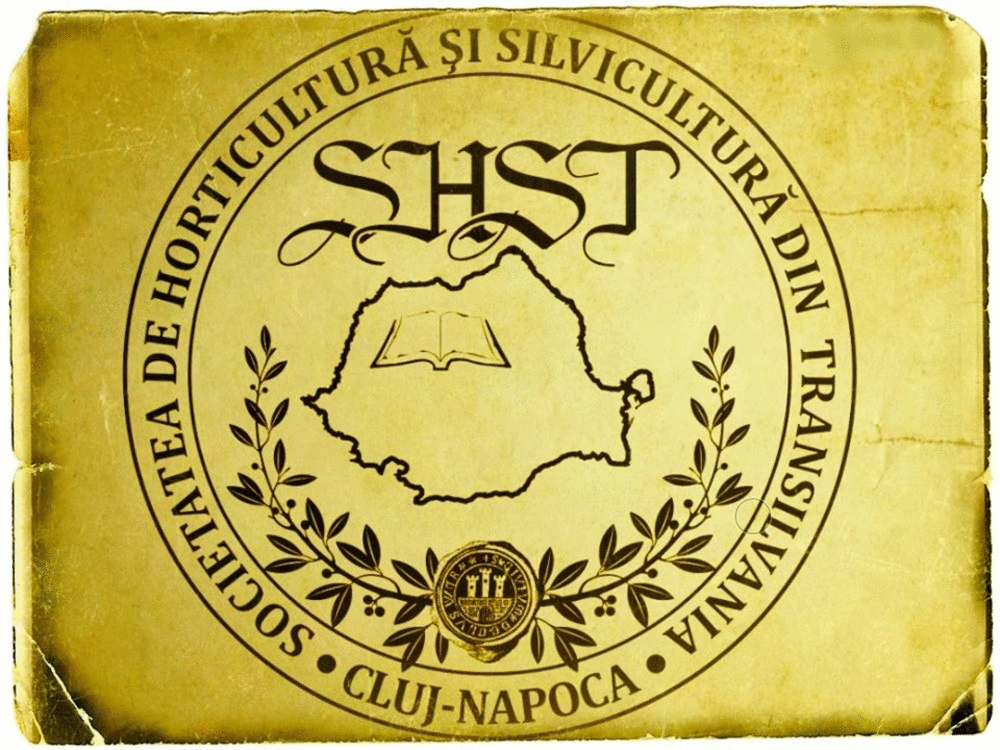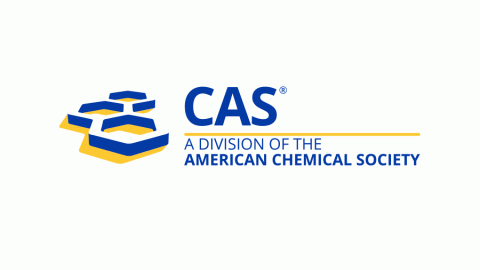Genetic Variability on Growth, Phenological and Seed Characteristics of Jatropha curcas L.
DOI:
https://doi.org/10.15835/nsb224592Keywords:
heritability, correlation, Euclidean cluster analysis, divergence studiesAbstract
Twenty randomly selected seeds of Jatropha curcas collected from different agroclimatic zones of India were studied for variability on growth, phenology and seed characteristics in a progeny trial under tropical monsoon climatic conditions of Bhubaneswar (200 14’N/850 50’ E), India. Correlation studies revealed that length and number of branches were positively correlated with the number of inflorescence (P<1%) and number of fruits per plant (P<5%). A positive correlation between fruit diameter and oil content and also, between seed length and test weight was observed. Number of fruits per plant showed almost 100% heritability followed by the number of inflorescence (88.79%). Non hierarchical Euclidean cluster analysis resulted in six clusters with highest number of six accessions namely, ‘Chandaka’, ‘PKVJ-AKT-1’, ‘TNMC-4’, ‘PKVJ-MKU-1’, ‘TFRI-1’ and Indore falling under cluster II. Maximum and minimum intra-cluster distances were observed for cluster II (2.929) and cluster III (0.000), respectively. Maximum inter-cluster distance (7.195) was found between cluster III and VI followed by Cluster III and IV (7.074). Analysis of the results of the present study clearly indicate that crossing between the accessions of cluster III and VI would be useful in developing variable genotypes in the subsequent generations.
Metrics
Downloads
Published
How to Cite
Issue
Section
License
Papers published in Notulae Scientia Biologicae are Open-Access, distributed under the terms and conditions of the Creative Commons Attribution License.
© Articles by the authors; licensee SMTCT, Cluj-Napoca, Romania. The journal allows the author(s) to hold the copyright/to retain publishing rights without restriction.
License:
Open Access Journal - the journal offers free, immediate, and unrestricted access to peer-reviewed research and scholarly work, due SMTCT supports to increase the visibility, accessibility and reputation of the researchers, regardless of geography and their budgets. Users are allowed to read, download, copy, distribute, print, search, or link to the full texts of the articles, or use them for any other lawful purpose, without asking prior permission from the publisher or the author.













.png)















